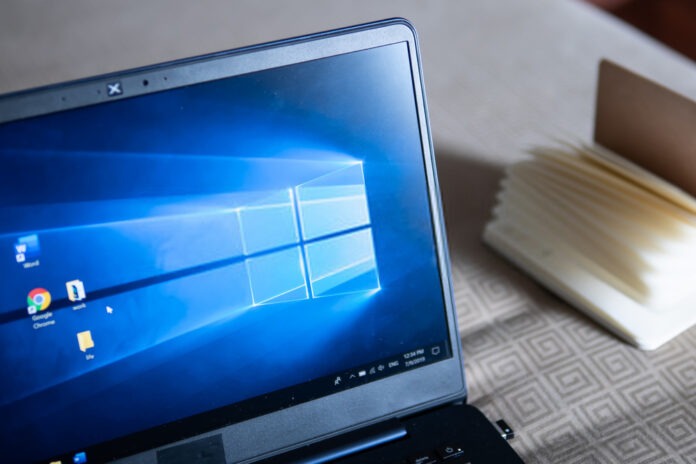
If you experience significant slowdowns when operating your computer, it is recommended that you remove a number of unwanted programs when starting Windows.
Here is an explanatory guide for Windows 10, 8, and 7! We recommend watching the videos below to better understand the steps to follow.
Good to know: There are several solutions to speed up your PC. We have presented it here Solutions to fix slow PC-Easy for beginners.
Disable programs at startup in Windows 10

Method 1:
In Windows 10:
- Step 1: Go to the taskbar at the bottom of the screen.
- Step 2: Right click.
- Step 3: Then click on “Task Manager”.
A window with several tabs appears.
- Step 4: You can click on Start.
In this window, you can see the name of the program, its editor, and its status (disabled or enabled), as well as its effect on startup.
- The “high” effect means that the program is using a lot of resources at startup.
- A “reduced” effect means that the program uses very few resources at startup.
- Step 5: Select a program, then click “Deactivate” at the bottom right.
It is therefore preferable to deactivate programs that severely affect startup. For each program, if you have any doubts, feel free to search for information on Google. You will learn many things there.
Likewise, if you want to reactivate a program, you can follow the same procedure. But, you will understand …
Warning You should avoid disabling things like antivirus, for example. Since personal computers are constantly connected to the Internet, they will be exposed. Of course, if your computer is not connected to the Internet, you can ignore this warning.
Method two:
You can view the task manager as follows:
- Step 1: Press the key combination: ALT + CTRL + Delete.
You have to press these three keys on the keyboard at the same time.
A screen appears with a list of possible options (lock, change user, disconnect, etc.)
- Step 2: Choose “Task Manager”
- Step 3: Click “Start”
- Step 4: Select a program, then click “Deactivate” at the bottom right.
The third method:
You can go through the settings:
- Step 1: Click on the “Start” button (or the Windows button).
- Step 2: select “Settings”
- Step 3: Choose “Applications”
- Step 4: Click “Start”
- Step 5: select “beginner applications”
- Step 6: Choose the program you want to deactivate and click on “Deactivate”
Disable programs at startup in Windows 8
To deactivate a program when starting Windows 8, just follow the same procedure as in Windows 10. I invite you to read the part on Windows 10 or watch the video below:
Disable programs at startup in Windows 7
In Windows 7:
- Step 1: Click Start> Run
A window appears in the lower right.
- Step 2: Type “msconfig”
Another window titled “System Configuration” appears.
- Step 3: Click on Start
A list of programs that start at startup appears. It contains the program name (startup item), the name of the manufacturer, the command to execute at startup, the location in the registry and the date deactivated.
- Step 4: Choose the program you want to deactivate. You will still have the option to turn it on after booting, if needed.
To reactivate a program, you can do the same. Simply, instead of deactivating, you can activate the program.

In Windows 7, you have the option to disable all programs at once or enable all. We only recommend this if you are an advanced user.
In fact, you should avoid deactivating the antivirus, for example, when the computer is connected to the Internet.

“Certified gamer. Problem solver. Internet enthusiast. Twitter scholar. Infuriatingly humble alcohol geek. Tv guru.”




